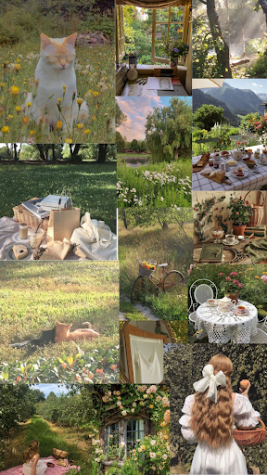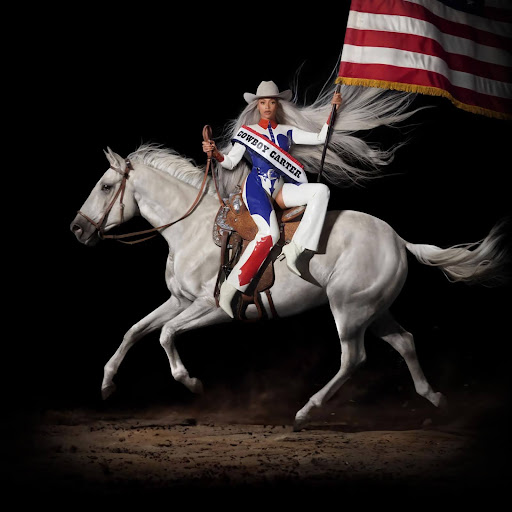The Problem of the “Aesthetic”

Social media is full of curated aesthetics. But letting aesthetics limit your self-expression is never a good idea.
“Yeah, I like this, but does it fit my aesthetic?”
I can’t tell you how many times I’ve heard someone ask me this, and every time, I tell them to just do whatever they want, never mind their “aesthetic.” The obsession with specific aesthetics is real, and I believe it minimizes the person curating them.
The word “aesthetic” has evolved to describe certain styles which include clothes, home decor, makeup, and lifestyle. For example, the popular cottagecore aesthetic evokes a sense of simplicity and embraces nature. Clothing within the aesthetic is light, flowy, and natural. When someone mentions the cottagecore aesthetic, you picture an idyllic life filled with flowers.

On social media, such as Instagram, TikTok, and Pinterest, there are pages and pages of content relating to aesthetics. You can find content for Y2K, soft, cottagecore, indie, academia— you get the point. The possibilities are endless. Comments on these posts ask: “I love this aesthetic! How do I get it, too?” and some lament: “I love this, but it doesn’t fit my aesthetic.” In moderation, aesthetics can be fun and harmless. If you love dressing like someone who lives in a cottage in the English countryside, great! Searching up “cottagecore aesthetic” can help you find outfits and styles that you love.
On the other hand, the obsession with aesthetics can get out of control. Once you start feeling confined to one specific style, an aesthetic stops being fun and becomes something that limits your self-expression.
Aesthetics are closely linked to social media. The curating of feeds often leads you to post only certain kinds of pictures — ones that conform to your “aesthetic.” You choose how to define yourself, and it is easy to just portray yourself in one cohesive style. However, no matter how much we may like one style, we are complex people that cannot be defined by one “aesthetic.” Limiting yourself to simplify the image you project is never a good idea. By hiding the factors that don’t “fit” your theme, you reduce yourself and also affect those who see your curated image.
For example, one aesthetic that can cause problems is the “that girl” aesthetic, which projects a vision of a “healthy” lifestyle filled with green juice, workouts, and productivity. Of course, nobody can live like that all the time, but social media offers the opportunity to present only the content that fits within that theme. Viewers then feel inadequate— why can’t I wake up at 5 every morning to work out before school? This ideal can then force them into trying to conform to an impossible aesthetic, leaving them unhappy when reduced to the idea that they need to fit into a certain standard.
So don’t take your “aesthetic” too seriously. If you love a certain style, take inspiration from it! But don’t feel pressured to build your entire life around one theme. Showing different sides of yourself will make you more interesting, and it will signal that others are free to show themselves, too.
by Hana Shinzawa ’24, Science Editor
24hshinzawa@montroseschool.org















